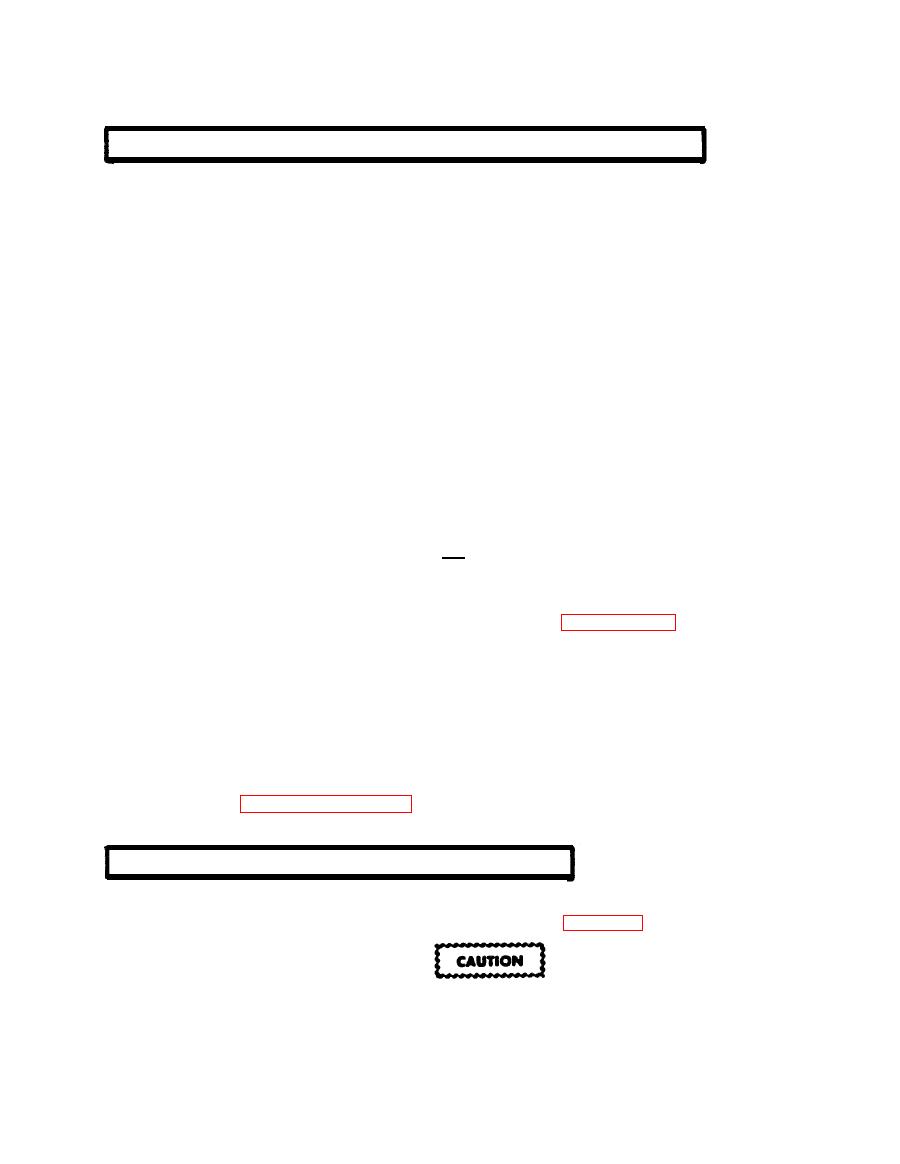 |
|||
|
|
|||
|
Page Title:
EVACUATING THE REFRIGERANT SYSTEM.-Continued |
|
||
| ||||||||||
|
|
 TM5-4120-383-14
5-15.
EVACUATING THE REFRIGERANT SYSTEM.-Continued
c. Check that both charging valves and charging manifold valves
are closed.
d. Attach hose assemblies to charging valves and charging
manifold valves.
Attach center hose assembly to vacuum pump.
e.
Start vacuum pump.
f.
Open charging manifold valves.
g.
Open both unit charging valves.
h.
i. Run vacuum pump until at least 29 inches of mercury,
measured on gage, is reached.
NOTE
Inability to reach and hold 29 inches of mercury may
indicate either a leak or a problem with the pump.
j. Continue running pump for one more hour, while observing the
If gage needle moves back and forth, you have a leak which
gage.
(See para 5-14.)
must be located and corrected first.
k.
Close charging manifold valves.
Close both unit charging valves.
l.
Stop vacuum pump.
m.
Disconnect pump from center hose connection.
n.
Go to paragraph 5-16, Charging the Refrigerant System.
o.
5-16.
CHARGING THE REFRIGERANT SYSTEM.
After the system has been satisfactorily evacuated, it must be
fully charged with Refrigerant-22.
(See fig. 5-8.)
Never introduce liquid refrigerant into the low
pressure (suction) charging valve.
|
|
Privacy Statement - Press Release - Copyright Information. - Contact Us |